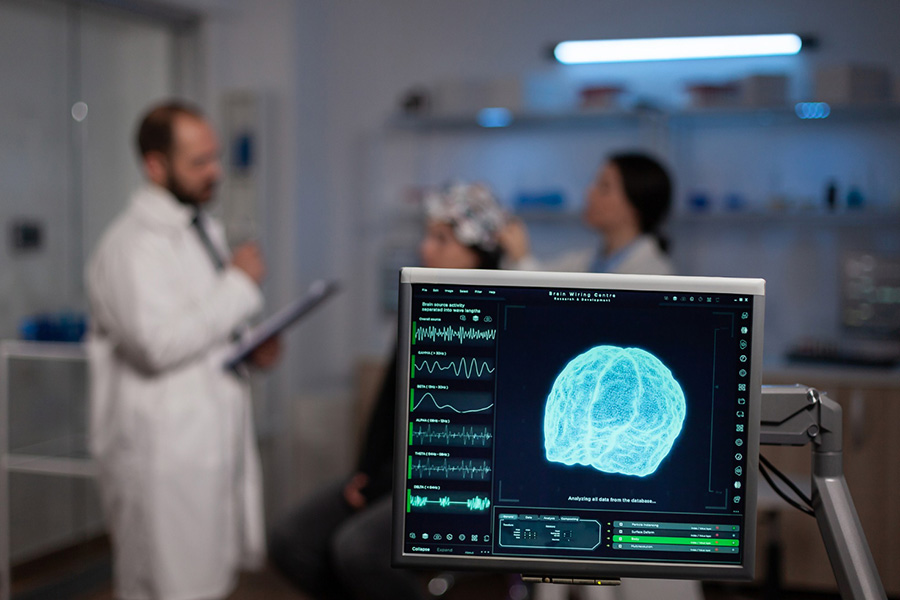
CCLNet achieves high accuracy (up to 98.56%) in decoding multiclass motor imagery EEG data for brain-computer interfaces using a novel CSP feature extraction and CNN-LSTM architecture.
Authors
Kamal Singh, Department of ECE, National Institute of Technology, Delhi, Delhi, 110036, India
Nitin Singha, Department of ECE, National Institute of Technology, Delhi, Delhi, 110036, India
Swati Bhalaik, Jindal Global Business School, Sonipat, Haryana, 131001, India
Summary
Decoding multiclass motor imagery electroencephalography (MI-EEG) data is crucial for brain–computer interface (BCI) applications. This study proposes CCLNet, a novel and high-performing approach for classifying MI-EEG data. CCLNet achieves this performance through two key innovations. First, it introduces a novel common spatial pattern (CSP)-based feature extraction method specifically designed for multiclass MI-EEG data. This method extracts informative features by identifying spatial patterns that maximize the variance between different MI-EEG classes. Second, CCLNet employs a deep learning model with a convolutional neural network and long short-term memory (CNN-LSTM) architecture. The CNN component is employed to extract features to learn complex spatial patterns within the data, while the LSTM captures the temporal dependencies present in the MI-EEG data.
By combining these innovations, CCLNet achieves superior classification accuracy compared to state-of-the-art methods. The effectiveness of CCLNet was evaluated using within-subject and cross-subject approaches on two separate datasets: BCI Competition IV-2a and HGD. On BCI Competition IV-2a, CCLNet achieved impressive accuracy, reaching 95.87% and 97.08% for within-subject and cross-subject scenarios, respectively. Furthermore, CCLNet demonstrated exceptional performance on the HGD dataset, achieving an accuracy of 98.56%. These outstanding results highlight CCLNet’s potential for real-world applications, particularly in advancing assistive technologies for individuals with motor disabilities.
Published in: Journal of Supercomputing
To read the full article, please click here.

